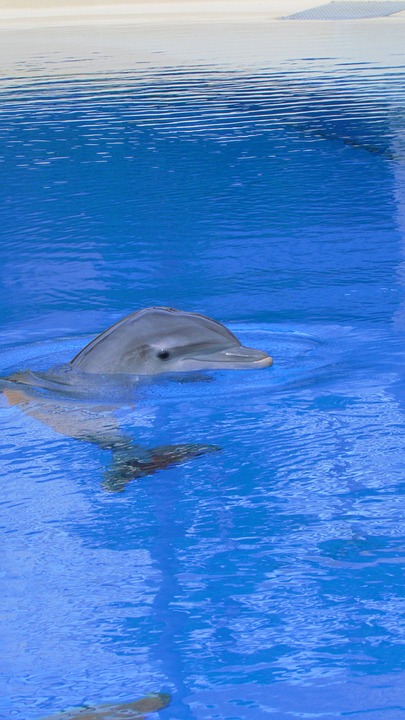Fish behavior is a fascinating subject that has captivated aquarists and researchers for centuries. Understanding how fish respond to their tank environment is crucial for creating a healthy and thriving aquatic ecosystem. In this article, we will delve into the various factors that influence fish behavior and discuss how the tank environment plays a significant role in shaping their responses.
One of the most important factors to consider when it comes to fish behavior is the size of the tank. The size of the tank has a direct impact on the behavior of fish species. Different fish species have different activity levels and swimming requirements. Larger tanks provide more space for active fish to swim, reducing stress and promoting natural behavior. On the other hand, smaller tanks can lead to territorial disputes due to limited space, leading to aggression and stress.
Tank shape is another important aspect to consider. Open tanks with unobstructed views allow fish to swim freely and explore their surroundings. This promotes natural behavior and reduces stress. Enclosed tanks with caves, tunnels, or plants provide hiding spots, which are essential for many fish species. These hiding spots reduce stress levels and provide a sense of security for the fish.
Water quality and parameters also play a crucial role in fish behavior. The temperature of the water is particularly important. Each fish species has a specific temperature range in which they thrive. Maintaining appropriate water temperature ensures proper metabolic function and reduces stress. Drastic deviations from the optimal temperature range can lead to behavioral changes, such as decreased activity or increased aggression.
Water chemistry is another factor to consider. Fish species have different pH preferences, and maintaining suitable pH levels helps prevent stress and health issues. Additionally, high levels of compounds like ammonia, nitrite, and nitrate can be toxic to fish, causing behavioral abnormalities and compromising their overall well-being.
Tank decorations and hiding spots are also important for shaping fish behavior. Providing suitable tank decorations, such as rocks, driftwood, and plants, can recreate a fish’s natural habitat. This promotes well-being and encourages natural behavior. Hiding spots created by decorations offer security to fish, reducing stress levels and providing a sense of comfort.
Caves and tunnels are ideal hiding spots for many fish species. Including these structures in the tank allows fish to exhibit their natural behavior, reducing stress and promoting overall health.
In conclusion, understanding fish behavior and how the tank environment shapes their responses is crucial for providing optimal care and ensuring the well-being of your fish. By considering factors such as tank size and shape, water quality and parameters, and the inclusion of suitable tank decorations, you can create an environment that promotes natural behavior, reduces stress, and allows your fish to thrive.









